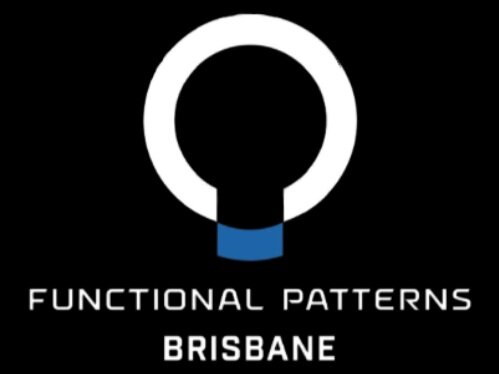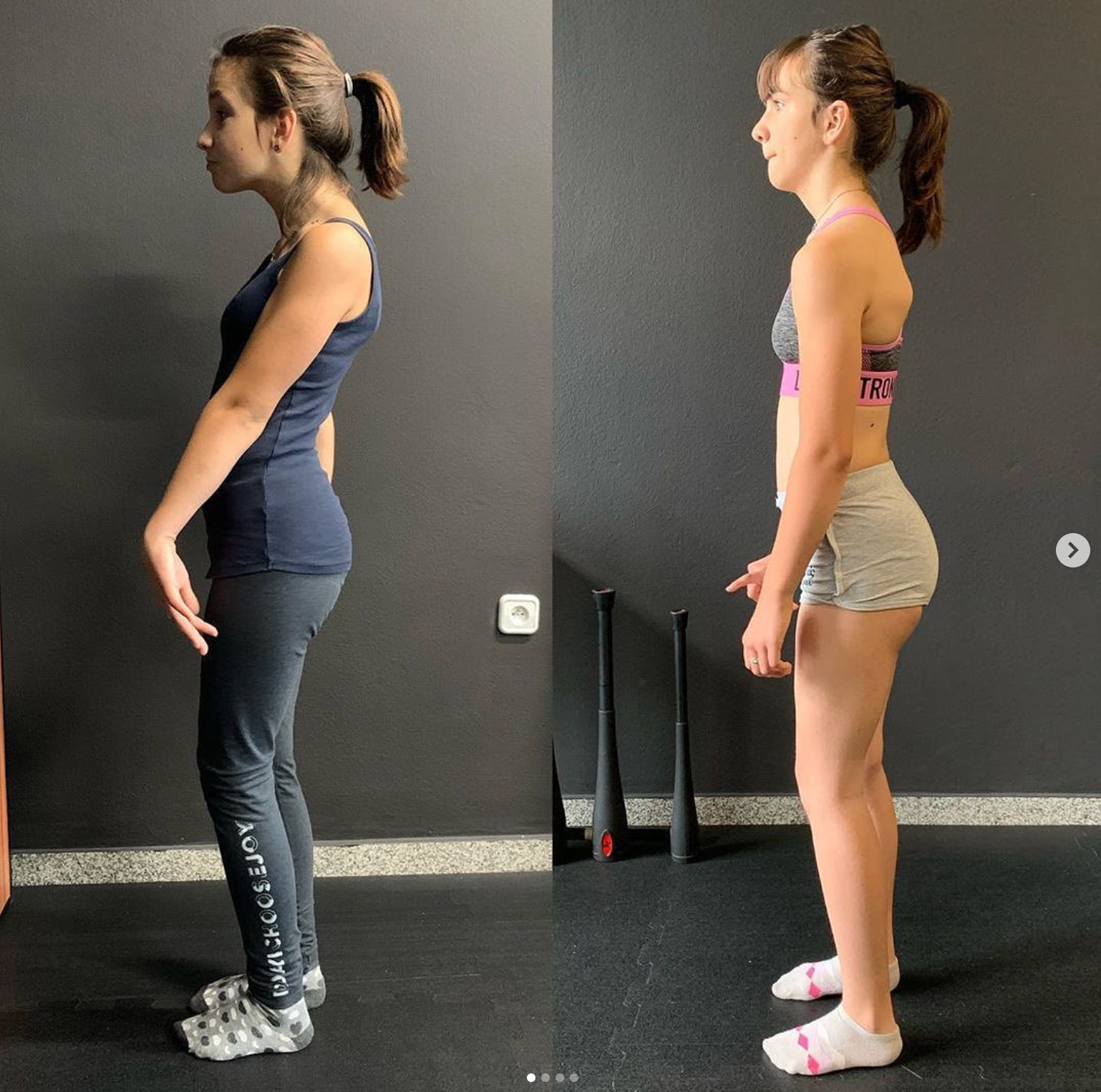
Biomechanics & posture training for children & Teenagers
3 Reasons People May Bring Their Kids Into Functional Patterns Brisbane
CATCH STRUCTURAL ISSUES EARLY
This child didn’t experience pain but his parents were worried about the future problems his scapular positioning could bring. That’s what great parenting is all about! Being proactive not reactive.
The child is now set up for a much easier future regarding his structure and mechanics.
ADDRESS CONDITIONS SUCH AS CEREBRAL PALSY
8 months gait improvements using FP training with young Cerebral Palsy client. Before: Chronic heel and calf pain/stiffness and overall poor posture and movement patterns. No improvement using traditional therapy. Current: No pain, improved posture and moving with efficiency @bronte_robson
IMPROVE ATHLETICISM, COORDINATION & SPEED
Young gymnast sent to FP by her coach in order to improve her sprint speed approach and technique. Improved hip and arm drive & sequencing, and 2km/hr max speed change in 2 sessions. Children can benefit from FP, before traditional training methods and poor environments have a chance to degenerate gait cycles too much
Why Start Functional Patterns Biomechanics training When You’re young?
A Cleaner Slate:
Children and teenagers have had less time to accumulate injuries, compressions, asymmetries, poor movement patterns ect.
Children and Teenagers Have Better Plasticity:
Children have a higher degree of neuroplasticity, meaning their brains are more adaptable and can learn new motor skills more quickly. This is because their brains are still developing and are more malleable than adult brains, which have already formed many established neural pathways. This is an extremely formative time in which your children are learning coordination, building their structure and cementing movement habits that may stay with them for life.
Lower Body Mass:
Children are generally smaller and lighter than adults, which means that the forces they generate are proportionally smaller. This can make it easier for them to learn new movements without experiencing significant physical strain or discomfort.
Less Inhibition & Less Cemented Viewpoints/Habits:
Children tend to be less inhibited than adults and are more willing to try new things without fear of failure or embarrassment. This can allow them to experiment more freely with different movement patterns and techniques, leading to more rapid biomechanical changes.
Things to consider where putting your child or teenager into functional patterns training
Although children are generally more adaptable and able to change their biomechanics more quickly than adults, they may still face some challenges when addressing their biomechanics. Here are some examples:
Lack of Motor Control:
Children may have limited motor control and coordination, which can make it difficult for them to execute certain movements correctly. This can make it challenging to develop proper biomechanics, especially for more complex movements.
Limited Attention Span:
This is a major one to consider. Children may have a shorter attention span than adults, which can make it difficult for them to focus on developing proper biomechanics for an extended period of time. They may also struggle to remember instructions or corrections given by coaches or teachers. However, we see major improvements in children’s attention spans and self-discipline after a few weeks of training sessions.
Skeletal Immaturity:
Children's skeletons are still developing, and their bones are softer and more pliable than those of adults. This can make it more difficult for them to maintain proper alignment and form during certain movements, which can lead to increased risk of injury.
Emotional Factors:
Children may experience emotional factors that can affect their biomechanics, such as anxiety, fear, or lack of confidence. These emotions can impact their ability to learn and execute certain movements, which can make it challenging to develop proper biomechanics.
Case Studies of Children & Teenagers making biomechanical progress with functional patterns
6 Week youth Biomechanics Result with cerebral palsy
@fp_lou 6 week throwing results with @functionalpatterns. Working on connecting the arms to the scapula and ribcage to improve our clients ability to write at school. Isolated hand exercises, splinting, bracing and Botox treatments are currently the norm with cerebral palsy - focusing on gait and throwing will hopefully change those norms in the future
Before - Stuck in left wrist flexion, poor right arm engagement, balance lost from step through
After - Improved arm line engagement and sequencing on throwing and non throwing arm, wrist extension through to ball release, improved balance on step through
9 Year Old Core, Posture & Scapular Winging Transformation
Results over 10 weeks with my 9 year old client Xavier
Before: stuck in posterior shift and forward lean. Scapular winging and limited core stability.
After: Running more upright as a result of better transverse abdominus function. Ability to rotate, tilt and shift pelvis, less scapular winging and overall better ability to reciprocate limbs while holding more structural integrity with body
Children can greatly benefit from training @functionalpatterns. The way you walk and run is a significant biomarker of good biomechanics and overall health. While they are still developing we are able to wire in movement patterns that will help set the framework for well balanced biomechanics capable of moving pain free and efficiently.
Scheuermann’s kyphosis Gait & Posture Result IN TEEN
Improved knee and hip flexion
Improved arm drive
Improved myofascial force transmission leading to less jarring in the lumbo-pelvic region
Increased hip and thorocic extension resulting in more power and efficiency in the push off phase.
Matthew’s mother brought him in to see us to address his posture as she was worried as to where it was leading if left unaddressed. He has a Scheuermann’s kyphosis in an unusual place on the T10-11-12 vertebrae (much lower than usual) and a tendency to slouch a lot into his structure. At 14 years of age I’m well impressed with his studiousness and ability to follow instructions and connect in the ways that are relevant. His self confidence has increased markedly and he now walks around with more swag in his step and is upright in his posture. His gait shows the evolution he’s making and with only 6 months of training under his belt the sky is the limit for this young lad.
How Does Matthew’s Mother Feel?
“Matthew, our 14 year old son, has a diagnosis of Scheuermann’s Kyphosis, along with associated postural issues. For the past 6 months he has been working with Shane at FP Brisbane, correcting severe muscular imbalances. We have seen significant improvement in Matthew’s posture, along with an increase in energy levels and endurance. He is moving more effortlessly and best of all his self confidence has soared. Matthew is proud of his achievements and is looking forward to further gains in the future.”

